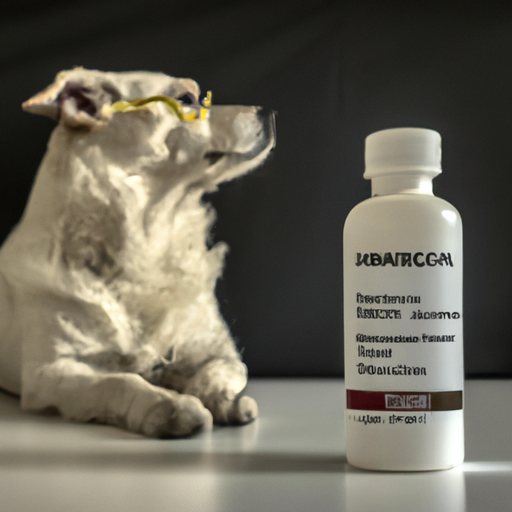Mirtazapine, a medication primarily prescribed for humans, has been making waves in the animal health sector. As a caregiver, you might have questions like, “Why is my vet prescribing a human drug for my dog?” Or, “What conditions can it treat?” Fear not, we’re here to answer all your queries.
1. Understanding Mirtazapine
Mirtazapine is a medication known as an atypical antidepressant. In humans, it’s used to treat depression and anxiety. But in dogs, it serves a different purpose. Vets prescribe it for its excellent appetite-stimulating and anti-nausea properties. It’s quite beneficial for dogs suffering from conditions like kidney disease, cancer, or other illnesses that cause loss of appetite and nausea.
How It Works
Mirtazapine acts upon the central nervous system of your dog. It blocks specific neurotransmitters, specifically histamine and serotonin, which indirectly stimulates the dog’s appetite and reduces feelings of nausea.
2. When is Mirtazapine Prescribed for Dogs?
This medication is not for everyday use. It’s primarily prescribed for:
- Anorexia: If your dog has been refusing food or eating less than usual, mirtazapine can stimulate their appetite and help them regain lost weight.
- Nausea and Vomiting: Whether it’s due to chemotherapy, kidney disease, or other illnesses, mirtazapine can help control these symptoms.
- Chronic Diseases: Conditions like cancer or renal disease often cause loss of appetite and weight loss. Mirtazapine can help manage these symptoms and improve your dog’s quality of life.
3. Dosage and Administration
The dosage of mirtazapine depends on your dog’s weight and the severity of their symptoms. It’s crucial to follow your vet’s instructions closely and never adjust the dosage or stop the treatment without consulting them first.
| Dog’s Weight | Dosage |
|---|---|
| Less than 8.8 lbs | 1/4 tablet (3.75 mg) |
| 8.8 – 22 lbs | 1/2 tablet (7.5 mg) |
| 22 lbs and above | 1 tablet (15 mg) |
Please note that these dosages are just general guidelines. Your vet may recommend a different dosage based on your dog’s specific needs.
4. Side Effects and Precautions
While mirtazapine is generally safe for dogs, it does come with potential side effects. These may include:
- Increased appetite
- Sedation or hyperactivity
- Increased heart rate
- Dry mouth
In rare cases, dogs may experience serious side effects like low blood pressure or changes in blood cell counts. If you notice any unusual behavior or symptoms in your dog after starting mirtazapine, contact your vet immediately.
5. Frequently Asked Questions
What if my dog misses a dose of mirtazapine?
If your dog misses a dose, give it as soon as you remember. If it’s close to the time for the next dose, skip the missed dose and continue with the regular schedule. Never give your dog two doses at once.
Can I stop giving my dog mirtazapine if they seem better?
No. Always follow your vet’s instructions. Stopping the medication abruptly can cause withdrawal symptoms.
Is mirtazapine safe for all dogs?
While generally safe, mirtazapine is not suitable for dogs with certain conditions, like liver disease or hypertension. Always inform your vet about any existing health issues before starting a new medication.
Can mirtazapine interact with other medications?
Yes, mirtazapine can interact with several drugs, including MAO inhibitors and tramadol. Always provide your vet with a complete list of medications your dog is currently taking.
In conclusion, mirtazapine can be a powerful tool in managing anorexia and nausea in dogs. As always, open communication with your vet is key to ensuring your dog’s health and wellbeing.



